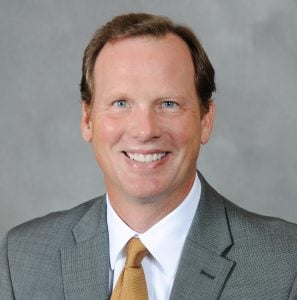 More than 360 bachelor’s, master’s and PhD recipients are expected to attend Midyear Commencement Saturday (Dec 16). Ceremonies will take place at 10:30 a.m. in the Wood Gym of the Student Development Complex.
More than 360 bachelor’s, master’s and PhD recipients are expected to attend Midyear Commencement Saturday (Dec 16). Ceremonies will take place at 10:30 a.m. in the Wood Gym of the Student Development Complex.
James Parm, partner at Inc. CEO Project, will deliver the commencement address for Michigan Tech’s Midyear. Parm graduated from Michigan Tech in 1981 with a bachelor’s degree in electrical engineering and was inducted into the ECE Academy in 2012.
In his current position, Parm provides business strategy to corporate CEOs. He has a long and distinguished career leading international technology companies including Stratos, Inmarsat PLC and Shell Offshore Services Company.
Parm and his wife Jean, a 1982 Tech graduate, have established the Jim and Jean Parm Endowed Scholarship. The Parms live in Casey Key, Florida. At the commencement ceremony, Parm will receive an Honorary Doctorate of Philosophy.
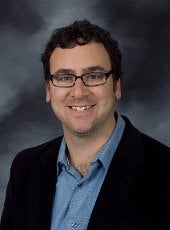
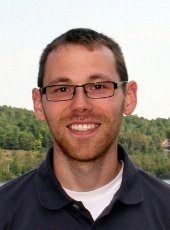
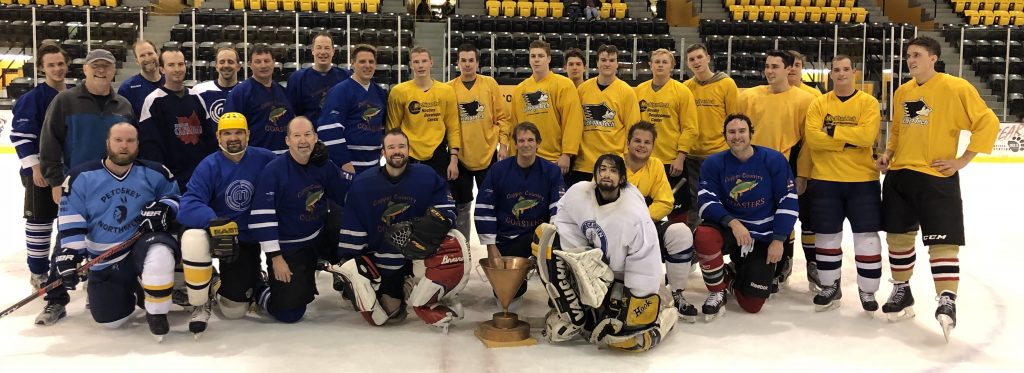 The faculty pulled out a thrilling 12-10 come-from-behind overtime victory in the 2017 edition of the annual ECE student-faculty hockey game, held at the MacInnes Ice Arena on Saturday, December 2. Both sides showed energy and enthusiasm in the first period, with goals see-sawing back and forth to a score of 5-4 with students in the lead at the end of the period. The defenses stepped it up in the second period, with only one goal scored mid-period by the faculty to even things up at 5-5, until the students scored two quick goals in the last 30 seconds to go ahead 7-5. In the last period, both sides battled to 10-8 with students on top with two minutes to go. The faculty pulled the goalie and scored two more goals to tie it up 10-10 with just seconds remaining. The game went to a 5-round shootout, which the faculty took in four rounds 2-0, for a final score of 12-10. Special mention goes to Mark Maroste for scoring two goals in regulation and one in the shootout, to Adam Webb for a hat trick in regulation and for the second and winning shootout goal, and to faculty goalie Brian Hutzler for turning away roughly 100 shots and shutting out the students in overtime.
The faculty pulled out a thrilling 12-10 come-from-behind overtime victory in the 2017 edition of the annual ECE student-faculty hockey game, held at the MacInnes Ice Arena on Saturday, December 2. Both sides showed energy and enthusiasm in the first period, with goals see-sawing back and forth to a score of 5-4 with students in the lead at the end of the period. The defenses stepped it up in the second period, with only one goal scored mid-period by the faculty to even things up at 5-5, until the students scored two quick goals in the last 30 seconds to go ahead 7-5. In the last period, both sides battled to 10-8 with students on top with two minutes to go. The faculty pulled the goalie and scored two more goals to tie it up 10-10 with just seconds remaining. The game went to a 5-round shootout, which the faculty took in four rounds 2-0, for a final score of 12-10. Special mention goes to Mark Maroste for scoring two goals in regulation and one in the shootout, to Adam Webb for a hat trick in regulation and for the second and winning shootout goal, and to faculty goalie Brian Hutzler for turning away roughly 100 shots and shutting out the students in overtime. 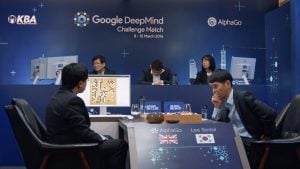 Tonight’s viewers of
Tonight’s viewers of 
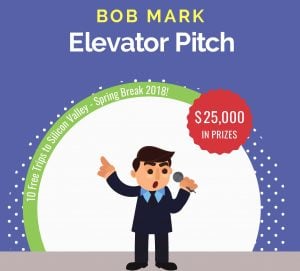 EE major Cameron Philo received “Best Green Innovation” at the 2017 Bob Mark Elevator Pitch Competition held Saturday in the Van Pelt and Opie Library.
EE major Cameron Philo received “Best Green Innovation” at the 2017 Bob Mark Elevator Pitch Competition held Saturday in the Van Pelt and Opie Library. 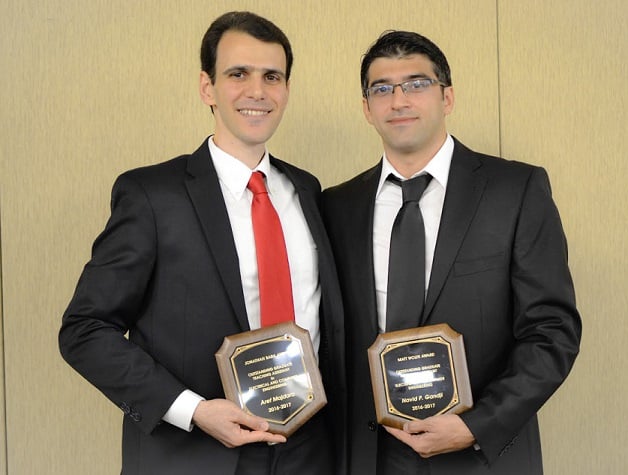
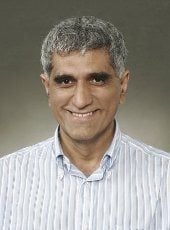
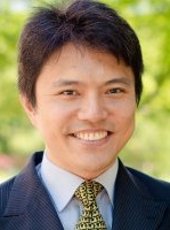
 In an interview with
In an interview with